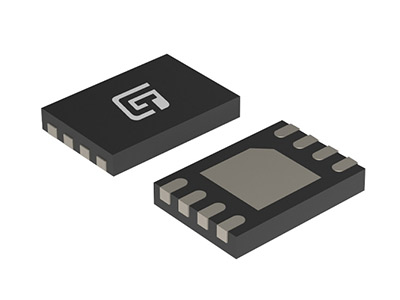Eeprom volatile or nonvolatile
2023-06-27
EEPROM is a common electronic memory that is widely used in various electronic devices. However, many people may be confused about the concept of whether EEPROM is volatile or non-volatile memory. This article will explain the characteristics of EEPROM and how it is classified between volatile and non-volatile memory.

1. The basic concept of EEPROM
EEPROM is a programmable memory that allows data to be programmed, read and erased. Unlike conventional ROM (Read Only Memory), EEPROM allows nonvolatile storage of data, i.e. retains data even after power failure. This makes EEPROM very useful in many applications, such as storing system configuration information, user data, etc.
2. Characteristics of non-volatile memory
Non-volatile memory is a type of memory that retains stored data after power is removed. Data is retained even after a power outage or reboot. This makes non-volatile memory ideal for storing important configuration information and user data since they are not lost if power is lost. EEPROM is considered non-volatile memory in this respect because it retains programmed data.
3. Characteristics of volatile memory
Volatile memory is a type of memory that does not retain stored data after power is removed or restarted. When power is lost, data is erased and requires reloading or reprogramming. Some common types of volatile memory include RAM (Random Access Memory) and registers. EEPROM is considered a partially volatile memory in this respect because power needs to be applied to keep the data stable while programming, erasing, or writing.
4. Special properties of EEPROM
Although EEPROM is considered non-volatile memory, it also has some special properties. The data in EEPROM can be programmed and erased repeatedly, which makes it rewritable. This means data can be updated and modified without replacing the entire memory chip. This programmability makes EEPROM a very flexible and reliable memory.
5. Choose EEPROM or other memory types
The choice of EEPROM or another memory type depends on the needs of the specific application. EEPROM is ideal if you need to store persistent configuration information or user data. However, if you need to read and write data frequently and do not need the data to be retained after power loss, then a volatile memory such as RAM may be better for your application.
The above introduces to you "Is EEPROM volatile or non-volatile memory", EEPROM is a common programmable memory in electronic equipment, and it has the characteristics of non-volatile storage. Although EEPROM is somewhat volatile, its programmability and rewritability make it a flexible and reliable memory. Depending on the needs of the application, choosing EEPROM or another memory type depends on whether the data needs to be retained after power failure.
Recommended News
-
How to Auto Run Flash in Chrome: A Guide to Managing Flash Content
2024-12月-24
-
How to Turn Off Auto Flash
2024-12月-23
-
What is the Difference Between NOR Flash and NAND Flash?
2024-12月-16
























